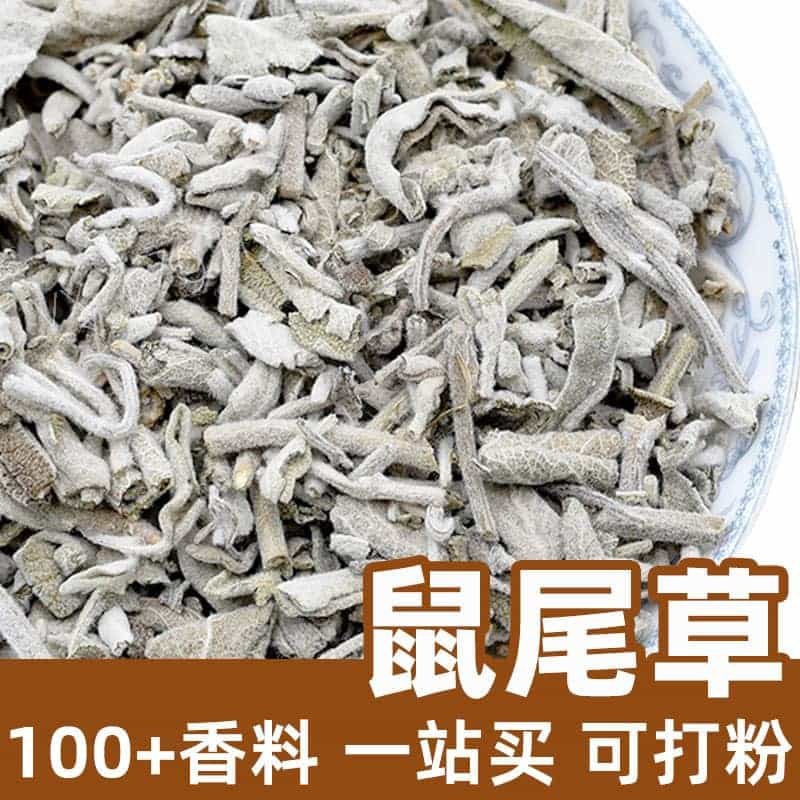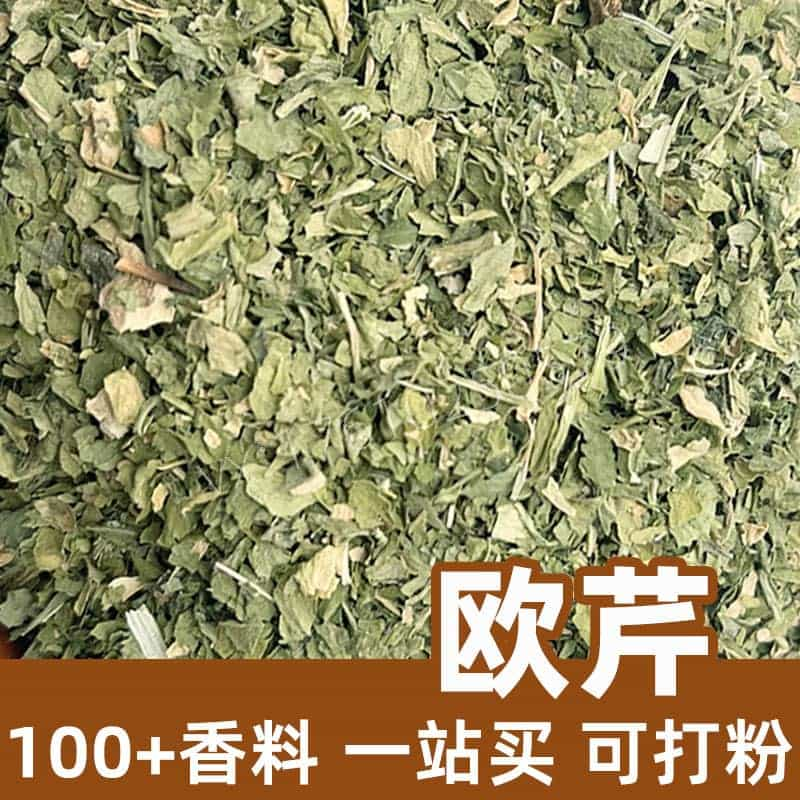Product Overview
Dill leaves, also known as clover, Alexander grass, or European dill, are common herbaceous plants that reach a moderate height of 30-60 cm. The leaves are feathery, slender, and green, while the flowers are yellow-green, appearing in summer. Dill leaves have a distinctive aroma and flavor and are widely used in food and seasonings.
Aromatic Chemical Composition
The aroma of dill leaves primarily comes from its chemical components, mainly terpenes (such as d-carvone) and phenolic compounds. These elements give dill leaves their unique fresh scent and flavor.
Types of Products Available
Dill leaves are mainly used in leaf form. The two most common forms on the market are dried dill leaves and fresh dill leaves, catering to various needs across different fields.
Usage Scenarios and Dosage
Dill leaves are extensively used in the culinary field. Here are some of the main uses and methods for dill leaves in cooking:
- Cooking and Seasoning: Dill leaves are widely used as a popular herb for seasoning, adding unique aroma and flavor to dishes, especially fish, vegetables, and bread. They can be chopped, shredded, or added whole, depending on personal taste and dish requirements.
- Pickling and Marinating: Dill leaves are commonly used for pickling, such as in cucumber and eel pickling. Their distinctive aroma and flavor bring a fresh taste and unique character to pickled foods.
When using dill leaves, it’s important to consider appropriate amounts and methods to maximize their unique aroma and flavor. Adjusting quantities based on specific needs and taste preferences can help enhance the layers and flavors in dishes, bringing a special fragrance to the culinary experience.
Source Plant Information, Distribution, and Growth Environment
The botanical name of dill is *Anethum graveolens*, belonging to the Apiaceae family. It is widely distributed in Europe, Asia, and North America.
Dill grows in warm, sunny environments and is commonly found in fields, meadows, and gardens.
The leaves can be harvested and extracted for commercial use as dill leaf spice after proper processing.
Harvesting, Processing, and Storage
Dill leaves can be harvested during the plant’s growing period, then washed, dried, and processed. After processing, they are ready for use or storage.
To preserve freshness and aroma, it’s recommended to store dill leaves in a cool, dry place, ideally in a sealed container.
In summary, dill leaves are a common aromatic herb with a distinctive scent and flavor. They are widely used in cooking, seasoning, and pickling, enhancing flavor and aroma in food. Understanding the characteristics, chemical composition, and usage of dill leaves can help make the most of this spice, adding complexity and depth to food.
Monica Sun is a seasoned expert in the natural raw materials industry, with over a decade of experience specializing in traditional Chinese medicinal herbs, spices, and fungi. She is skilled in the sourcing, processing, and application of these materials, emphasizing sustainability and innovation. Monica Sun has contributed to the development of high-quality natural raw materials that serve as essential components in functional foods, pharmaceuticals, and cosmetics, delivering tailored solutions to meet diverse market needs.









.jpg)


.jpg)


